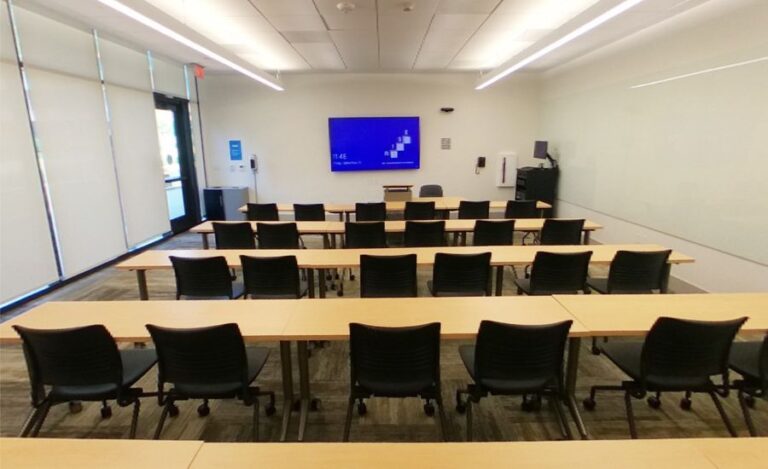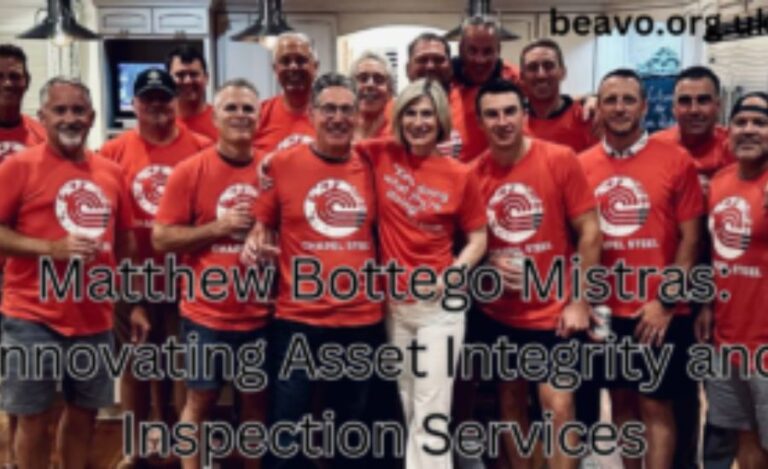4 Workplace Trends you Should Give Top Attention in 2024
Many negative workplace trends in 2023 as the Great Resignation and Quiet Quitting last year clearly show that workers want to challenge their work/life balance or whole careers. Business leaders battled their way toward the full-time return to the office simultaneously.
This clear disparity between the needs of workers and companies has strained ties and jeopardized general company viability. Understanding the top trends that will control the workplace this year will help you to match the evolving requirements of your staff with important business goals.
Employee Engagement Will Still Decline
Over the past three years, employee involvement has varied, rising unexpectedly during the epidemic only to start to drop in 2021. With 32% of engaged employees contrasted to a 7-year high of 17% of actively disengaged employees, this stagnation persisted all through the last year.
Should this negative trend compromising your profitability, customer satisfaction, employee productivity, and well-being persist, you must act to raise employee engagement. First, pay attention to your staff members’ growing need for more work flexibility and set up a remote or hybrid office.
Hybrid Work Is Not Going Anywhere
Now that the epidemic limits are released, you could believe that hybrid work is losing impetus. Statistically, though, hybrid offices represent the direction of employment. About half of the American workforce is now working in hybrid configurations; more than half of them are qualified to work remotely.
Additionally, roughly 60% of totally distributed and 33% of hybrid workers believe they would look for additional flexible work options should their present companies forbid them to be working this way.
Therefore, you should find out from your staff what their favorite working place is and try to satisfy their demands to prevent high turnover rates, employee disengagement, and burnout that could influence the profitability or output of your company.
Hybrid Managers Will Face Great Demand
Workers are rather hybrid than office-based jobs. For managers in charge of designing effective and highly cooperative hybrid work environments, this implies differently. Trying to balance between corporate leaders and their team members, hybrid managers face great strain in overcoming different obstacles. They have to make sure that staff members interact well and are rather efficient during working hours while coordinating their activity on several schedules.
Managers of hybrid teams deal with a lot
Fortunately, modern systems for time monitoring for remote workers provide real-time insights into how hybrid or remote workers use their work hours, displaying activities and projects they work on as well as the websites and apps they visit. This insightful information can increase the output of your hybrid workers and enable you to better coordinate cross-team cooperation.
Making work-related decisions based on tracking remote work performance using Controlio data can greatly burden your hybrid team managers and free more time for them to concentrate on strengthening the corporate culture and creating close-knit hybrid teams.
Burnout Will Still Eat Through Employee Productivity
Highly productive employees only are those who are healthy and satisfied. Knowing this, you should be concerned about the reality that employee well-being has been threatened since the epidemic without any encouraging action forward in 2022.
According to one poll, forty percent of workers said their mental health suffers from their job; thirty percent of them felt burned out regularly or often at work. Employees dealing with mental health problems thus missed five times as many days as their healthy counterparts.
The most concerning burnout-related figure is that 24% of workers feel their superiors show little regard for their welfare. Act now to avoid burnout and other major mental health problems from compromising your employee’s health and performance.
First, create a strategy to guard workers against extreme burnout consequences, therefore enhancing their work/life balance.






